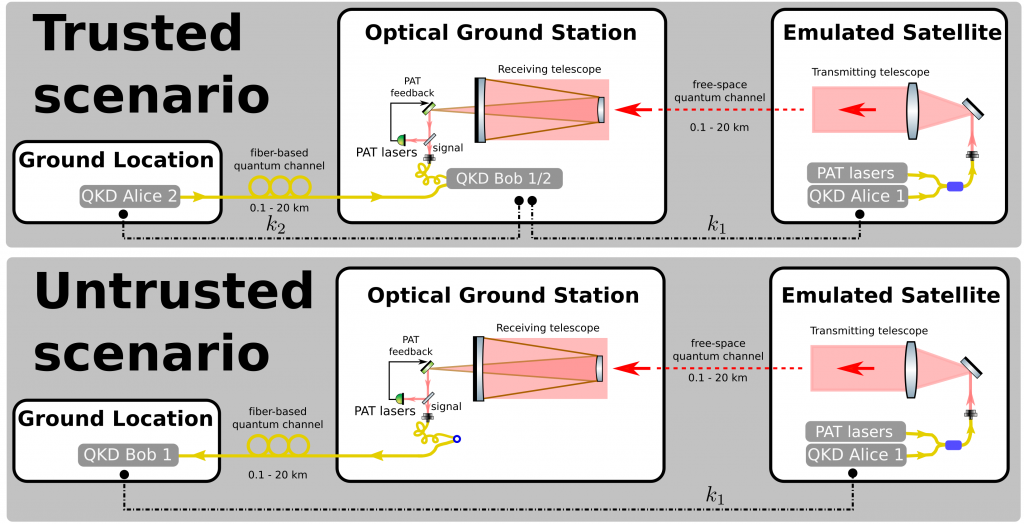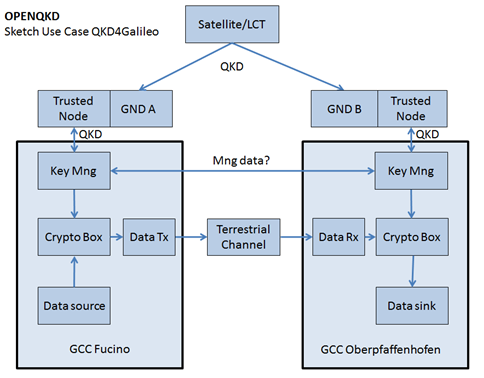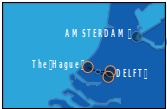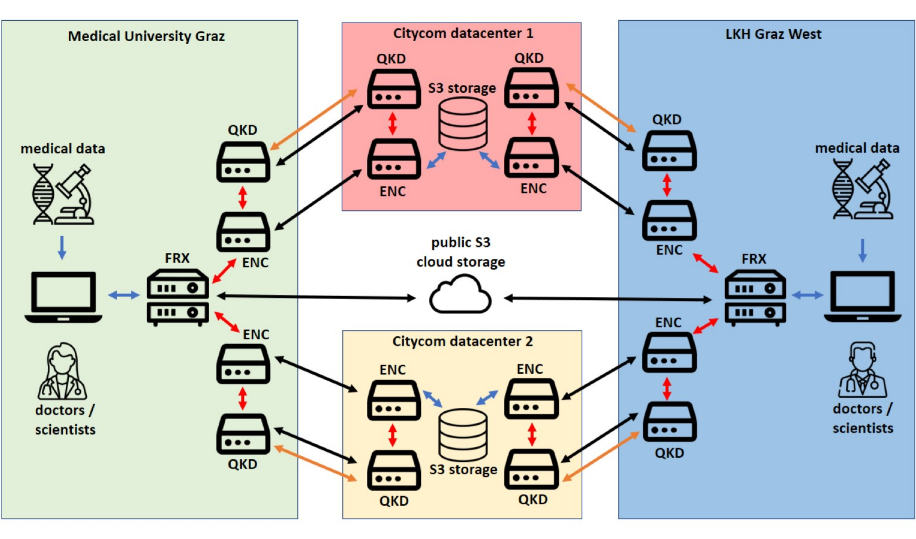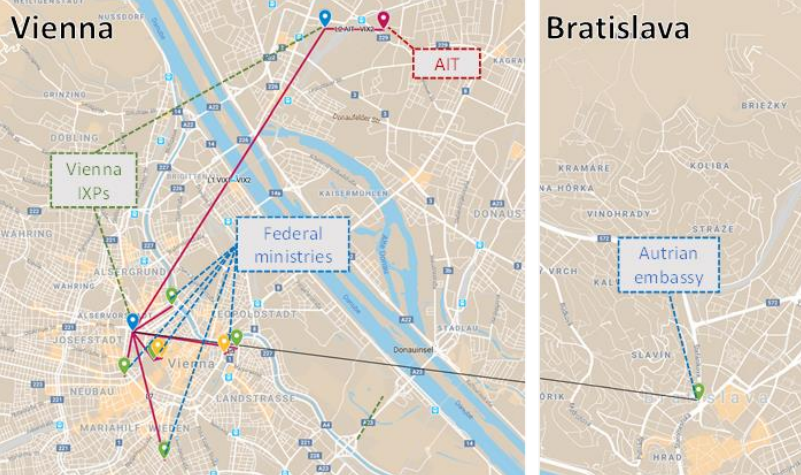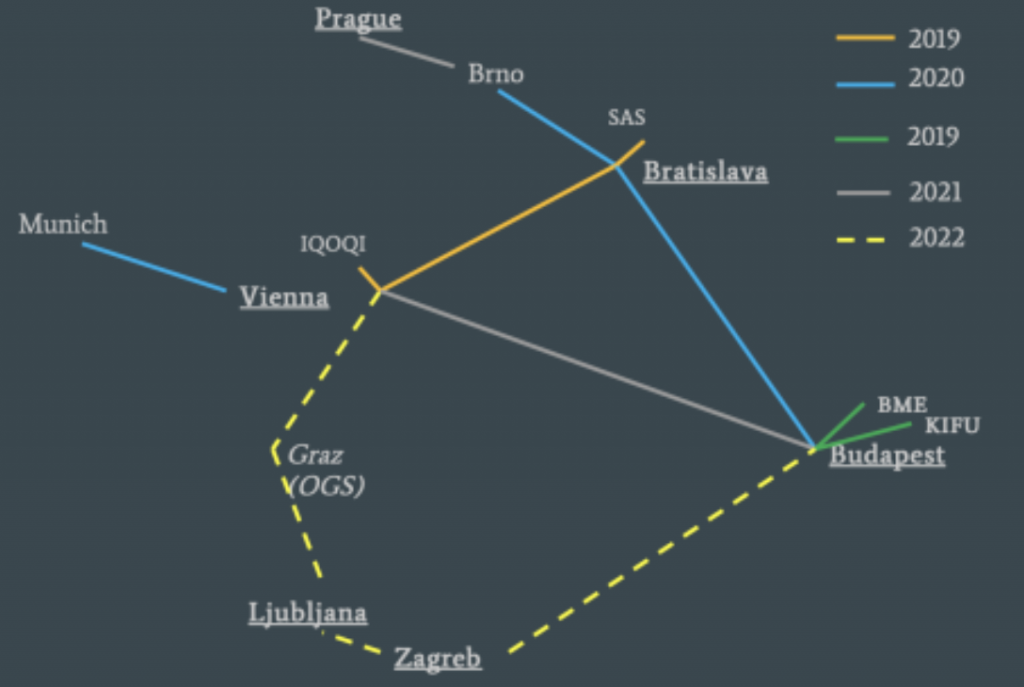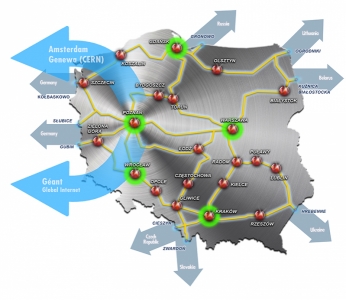The ability to guarantee that a given network packet has passed through certain nodes and in a given order is one of the most powerful mechanisms to insure that the services in a network are working as expected and to make them resilient against attacks. It also allows to attest the service or monitored behavior in case of legal problems. Here we will be using a novel protocol based on QKD that is currently going through a standardization process at IETF to enforce OPoT: Ordered Proof of Transit. Key indicators: number of OPoT marked packets per second compared to the average network packets processed in the network without OPoT. Increased latency (ms).

